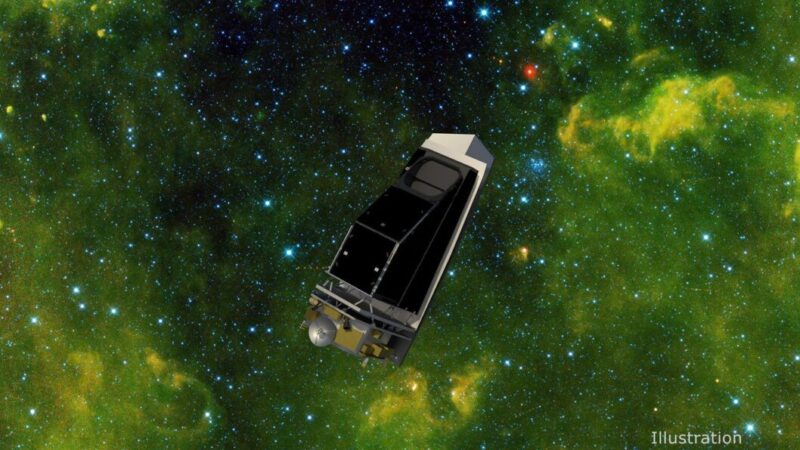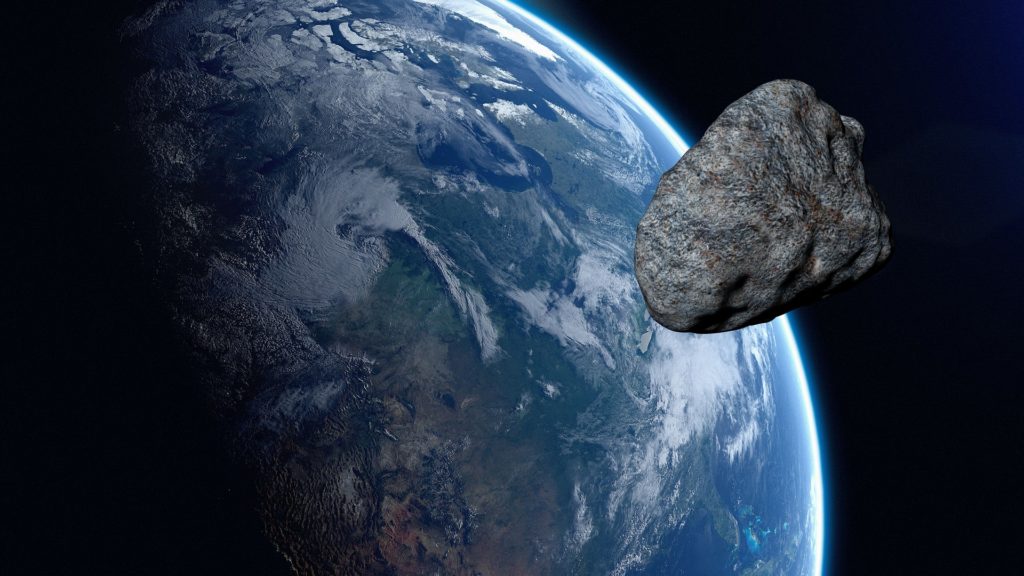Construction Begins on NASA’s Next-Generation Asteroid Hunter

Construction of NASA’s next-generation asteroid hunter, Near-Earth Object Surveyor (NEO Surveyor), has begun. NASA has designed this space telescope to search for the hardest-to-find asteroids and comets that stray into Earth’s orbital neighborhood. Asteroids can easily cause significant regional damage, or worse, if they impact the Earth.
Why is NASA Interested in Asteroid Hunting?
Asteroids are important to study as they help to characterize the composition, shape, rotation, and orbit of near-Earth objects. Astronomers say asteroids are the most hazardous objects to our planet. Although an average size of an asteroid is small, they still have the potential to cause considerable damage. Therefore, NASA is interested in asteroid hunting to better understand their origins and evolution and to protect the Earth.

As of November 2022, astronomers have detected 30,503 near-Earth asteroids, 2,304 of which are both sufficiently large and may come sufficiently close to Earth to be classified as potentially hazardous. Near-Earth Asteroids can survive in their orbits for just a few million years. The size of Asteroids range from about 329 miles (530 kilometers) in diameter to objects that are less than 33 feet (10 meters) across.
However, NASA scientists say it would take an asteroid 60 miles (96 kilometers) wide to totally wipe out life on Earth. The Planetary Science Institute (opens in new tab) estimates that for a piece of space rock to make it all the way to the ground, even as a small pebble, it would have to be at least 16 feet (5 meters) wide when it first meets the atmosphere.
DART Mission
And as an attempt to protecting this planet, NASA has now begun the construction of its next-generation asteroid hunter. The aim of these hunters, according to NASA, is to provide an effective technique to deflect hazardous asteroids from Earth. The first ever $324.5 million DART mission, which was launched on Nov. 23, 2021, impacted on the surface of Dimorphous 285 on Sept. 26, 2022. NASA said the test provided an insight into the capability of deflecting an asteroid by altering its path away from Earth.

NEO Surveyor is a more advanced system that DART. NEO will enable researchers to accurately detect and track dangerous Near Earth Objects (NEOs). This cutting-edge instrument will fiinally allow NASA to better protect our planet from potentially hazardous asteroids.
What Technology is Used in the NASA’s Next-Generation Asteroid Hunter?
NEO Surveyor is composed of a telescope, detector and large radiator. Its telescope is formed from a solid block of aluminum, shaped by a diamond-turning machine, and will be able to detect two heat-sensitive infrared bands. To passively cool the system, large radiators are being constructed.
The technology used in the NASA’s next-gen. asteroid hunter is similar to that of its predecessor, the Near-Earth Object Wide-field Infrared Survey Explorer (NEOWISE). However, NEO Surveyor will be able to detect much more than its predecessor, increasing the detection of asteroids and near-Earth objects.
In addition, NEO Surveyor is equipped with cutting-edge detectors designed to observe two heat-sensitive infrared bands. It is also being built with large radiators that will passively cool the system. The mirror is being formed from a solid block of aluminum and shaped by a diamond-turning machine.
What is the Goal of the Next-Gen. Asteroid Hunter?
NASA’s next-generation asteroid hunter, NEO Surveyor mission, is tasked by NASA’s Planetary Science Division and overseen by its Planetary Defense Coordination Office. Developed by JPL and led by survey director Amy Mainzer at the University of Arizona, the main goal of the mission is to detect and characterize near-Earth objects (NEOs), such as asteroids and comets that enter our planet’s neighborhood.
As it’s so, construction of the NASA’s next-generation asteroid hunter is one of the best examples of the human kind’s attempt to protect the earth. With the purpose of detecting and characterizing near-Earth objects, NEO Surveyor mission can be expected to be a great success in the planetary defense system.
Established aerospace and engineering companies are contracted to build the spacecraft and its instrumentation, including Ball Aerospace, Space Dynamics Laboratory, and Teledyne. The Laboratory for Atmospheric and Space Physics at the University of Colorado, Boulder supports operations and IPAC-Caltech in Pasadena, California, processes survey data and produces the mission’s data products.


Thanks!